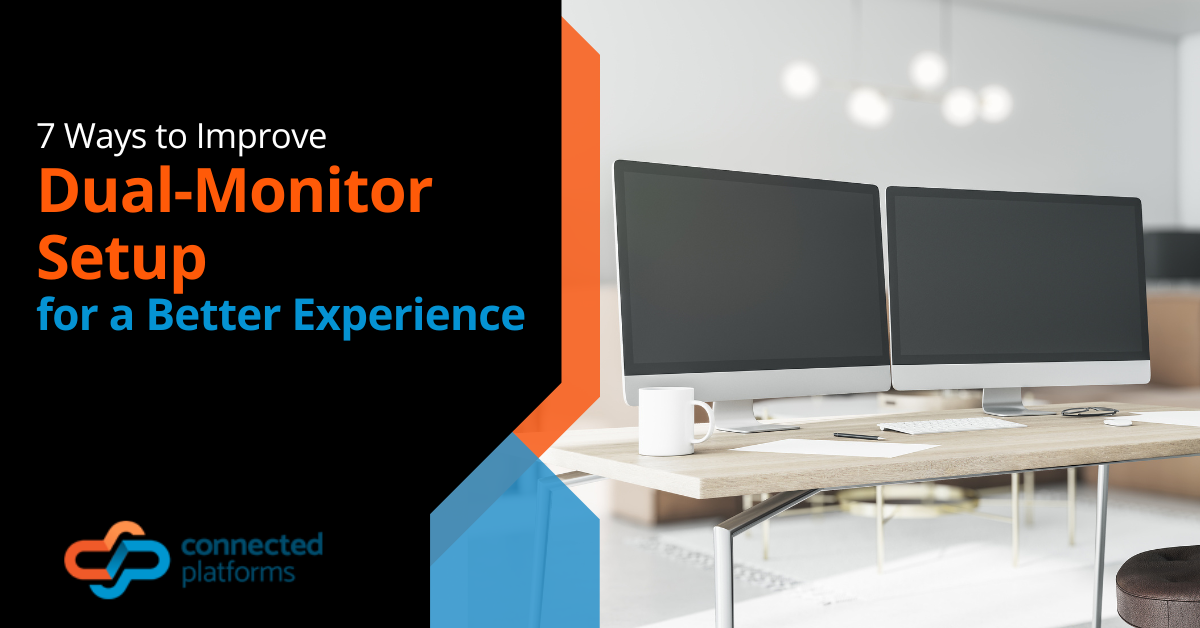Privileged Account Management (PAM) is the use of processes, policies and technologies to ensure that privileged accounts are being used as they should be. Common examples of privileged accounts include administrator and domain accounts, which have unrestricted access to files, and resources, along with unfiltered execute privileges.
Essentially, privileged accounts have the authority to make big changes to IT infrastructure – they can create and install applications, modify settings, and move and delete data. Because of these powers, privileged accounts are a holy grail to hackers.
According to Forrester, more than 80% of data breaches can be traced back to compromised privileged accounts. These hacks occur when cybercriminals get their hands on the login credentials of a privileged user. If organisations don’t have PAM in place, criminals can use these logins and steal sensitive data without even being detected.
To protect against this threat, PAM is essential. Below, we’ll explore what PAM is, common deployment challenges and how to best audit your privileged accounts.
What is PAM?
PAM is a holistic approach to ensuring that privileged users use their accounts in line with company policy. PAM also helps organisations to detect credentials compromise before a hacker does too much damage. There are a few facets to PAM, as noted below:
- The principle of least privilege: Ensure that all users only have access to the data and resources they need to perform their job.
- Multi-factor authentication: Require privileged users to use multi-factor authentication for their workplace accounts.
- Robust auditing: Keep a real-time document with details of your privileged users and what they have access to. Ensure this document is updated in line with people movements and company policy changes.
- Identity and access monitoring: Use an IAM solution to verify and authenticate privileged users as they interact with company resources
- User behaviour analytics: Make use of data analytics and automation to monitor privileged user behaviour for signs of account compromise
- Password practices: Ensure that privileged users do not share their passwords with other employees and utilise strong password practices, such as changing their passwords every six weeks and using a password manager to keep track of logins.
PAM enables organisations to better mitigate the risk of insider and outsider attacks by exerting control over privileged account usage and combined with deep visibility.
The challenges of PAM
While this sounds excellent in theory, deploying PAM isn’t always so easy for SMBs. A recent report indicates that two-thirds of companies would fail an access controls audit.
Here are the everyday challenges of PAM that you need to watch out for:
- It can be expensive: PAM isn’t one solution; it’s a combination of technologies and policies that work together to form a comprehensive management strategy. This can lead to high costs, which some companies can’t afford.
- Lack of expertise: The tools that PAM relies on require a deep understanding of cyber security and IT. However, many SMBs don’t have the in-house knowledge to deploy these solutions correctly. This is why outsourcing IT can be a big help when it comes to PAM.
- Lack of granularity: With people working from home, in the office, in the cloud and on numerous devices, it can be challenging to keep track of account access across the organisation.
- Low visibility: Without the right auditing processes in place, companies can’t accurately keep track of privileged account usage, rendering PAM obsolete.
- Time drain: PAM isn’t a plug-and-play solution. Companies will need to keep a proactive watch over their privileged accounts, which takes up a lot of time and resources.
How to deploy PAM correctly
While PAM can be challenging to deploy, the hurdles are well worth it for the end result. With a good PAM solution in place, you can dramatically reduce your chances of a data breach while also combating the insider threat.
In order to successfully install PAM, we advise that SMBs work with a managed IT services provider. Rather than having to find the right PAM technologies yourself and manage them, your MSP will take on the responsibility of auditing, deploying and managing PAM for you. This gives you more time to focus on running your business while they take care of security.
Moreover, a good MSP will do much more than just manage your PAM solution. They will help you find new efficiencies through IT so you can lower your costs and boost employee productivity.
Get Help with Implementing PAM
Make Connected Platforms your business’ managed service provider. We can help your Brisbane area business with a full audit of your current IT security protections and make recommendations for any found areas of risk, including implementing PAM controls.
Contact us for a free consultation. Call (07) 3096 6932 or book a coffee meeting online.




